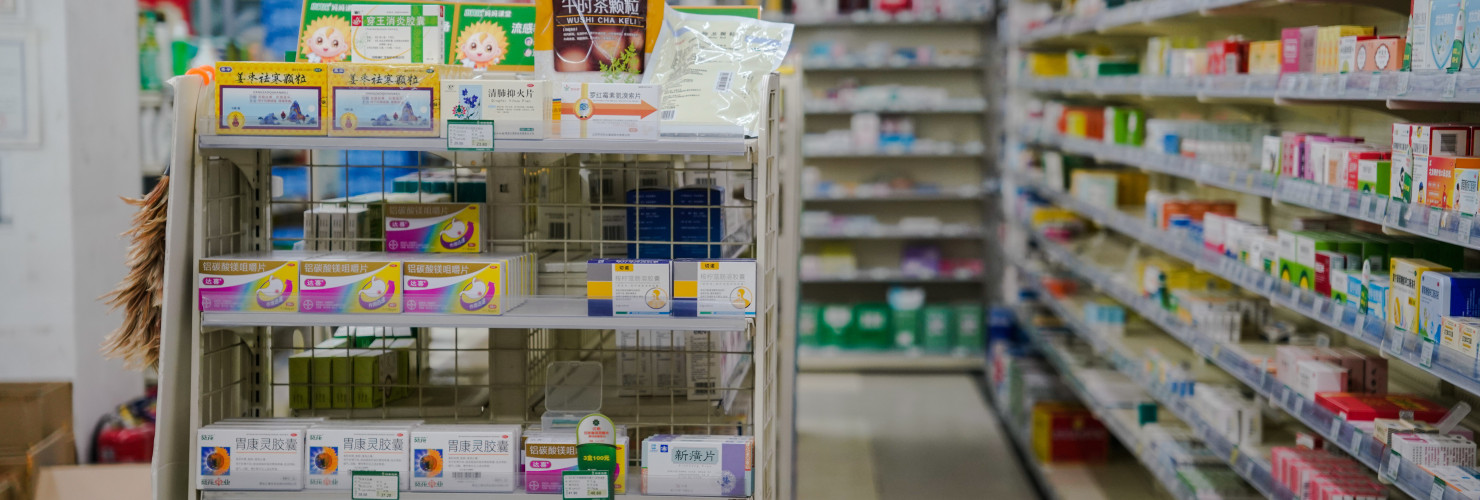

China’s healthcare anti-corruption campaign could hurt, not help European companies
Beijing is deepening state involvement in the healthcare sector, says Jeroen Groenewegen-Lau. Chinese pharma and med-tech companies have a greater chance of profiting than European ones.
Chinese authorities in May launched a sweeping anti-corruption investigation into drug and medical equipment purchasing practices in scores of hospitals, including high-profile ones like Beijing’s Fuwai Hospital, the world’s largest cardiovascular disease center and a service-provider to China’s political elite. As bribes and kickbacks raise the cost of doing business, this should be good news for pharmaceutical and medical-technology manufacturers. But as authorities are blaming corporate greed for the ailment and suggesting more state intervention as a remedy, European companies, in particular, should proceed with caution.
Chinese healthcare is organized through large public hospitals and their local networks of health stations and clinics. These conglomerates are under intense pressure to provide affordable healthcare to an ageing population – “seeing a doctor is difficult and expensive,” is a long-standing popular complaint. To balance the books, hospital managers have to control wages and other costs, and aggressively pursue additional income – fertile ground for taking bribes to buy expensive machines or overprescribing drug treatments to raise revenues.
China’s anti-corruption investigators are investigating over 180 hospital directors and general secretaries. In contrast to previous campaigns, the Central Commission for Discipline Inspection is targeting institutional as well as individual wrongdoing. That is because it realized corruption in this sector mainly takes place when suppliers offer hospitals kickbacks – a method which requires organization by “key groups” (关键少数). A National Health Commission study supports this assessment. It shows that 40 percent of the 2,900 corruption cases between 2013 and 2022 involved equipment procurement and 30 percent pharmaceuticals. China has made efforts to upgrade and future-proof its healthcare system since at least 2016, when it issued its Healthy China 2030 plan. Since 2017, the Zero Mark-Up Drug Policy has barred hospitals from adding surcharges to basic drugs. And, since 2018, state-organized volume-based procurement (VBP) has greatly reduced the price at which public hospitals acquire a growing list of commonly used drugs, medical consumables and equipment. VBP also limits the opportunities for hospitals to generate – legal or illegal – revenues through industry partnerships industry. The anti-corruption campaign is focused on further weakening the linkages between healthcare providers and pharma and med-tech companies.
According to Beijing, the state has to intervene to guarantee low-cost healthcare
According to the Chinese government, the state has to intervene to guarantee low-cost healthcare. Beijing has displayed a deep distrust of market liberalization and private companies since Xi Jinping in 2021 outlined his vision for “common prosperity” – including equal access to basic public services like education, housing, pensions and healthcare for low-income families. The current campaign mirrors the ensuing crackdowns on private tutoring and the so called “disorderly expansion of capital” in areas like real estate – and seeks to stir and channel public resentment against corporate greed in the same way.
The downside of this approach is that reining in market-based solutions typically leads to inefficiencies and innovation slowdowns. In the healthcare sector, price controls typically reduce the outlook for future profits and therefore the willingness of pharmaceutical companies to invest in research and development (R&D). A 2021 comparative study found that a 1 percent reduction in revenue commonly leads to a 1.5 percent reduction in R&D spending. The US think tank ITIF argues that the introduction of price caps in Japan led its pharma sector to collapse and warns about a similar effect in China (and potentially the US).
Beijing is flanking its anti-corruption drive with industrial policies
As a result, Beijing is flanking its anti-corruption drive with industrial-policy measures not seen during its campaigns against excesses in education or housing. The State Council in August approved action plans from 2023 to 2025 for high-quality development of the pharmaceutical and medical equipment industries. The goal is to broadly support healthcare innovation, promote the adoption of domestically produced medical equipment, and speed up the approval of urgently needed innovative foreign drugs and devices for use in China.
Chinese drug and medical equipment companies have remained upbeat even as the Chinese Pharmaceutical Enterprises Association reported that revenues declined 4.6 percent in the first seven months of 2023 compared to the same period in 2022 and profits fell 16.6 percent. For example, Liu Mingyan, the chairperson of orthopedics maker Sanyou Medical, said VBP’s margin pressure would drive consolidation and intensify innovation. Similarly, Liu Zhanjie, the general manager of Haier Bio, said the anti-corruption campaign would make for fairer competition and prompt firms to divert investments from sales promotion to innovation.
But the mood among European companies operating in China is noticeably pessimistic. 83 percent of respondents in the pharmaceutical sector told the European Chamber of Commerce in China that they missed business opportunities in 2022 as a result of market-access restrictions and regulatory barriers, in particular VBP and slow drug approval. In the coming years, they can expect to have less access to industrial-policy support than their Chinese rivals – Beijing’s talk of tackling bottlenecks in high-end medical technologies is clearly directed at reducing their Chinese (and global) market share. The anti-corruption campaign looks set to weaken rather than improve the outlook of European healthcare firms in China.
